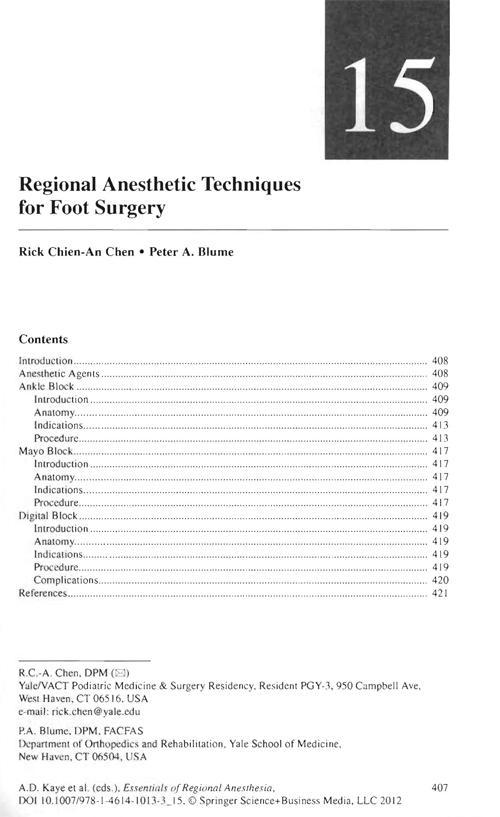

Jonathan Mason, Specialist Registrar Anaesthetics, Oxford Radcliffe NHS Trust, Oxford Kishore Maney, SpR Anaesthetics, Barts and the London NHS Trust Huw Steven Jenkins, Consultant Physician, Respiratory Medicine, Broomfield Hospital, ChelmsfordĮllen Makings, Consultant in Anaesthesia & Intensive Care, Broomfield Hospital, Chelmsford Sonia Hudson, Consultant in Anaesthesia / Intensive Care Medicine, Broomfield Hospital, Chelmsford Nick Huddy, Consultant Anaesthetist, Broomfield Hospital, Chelmsford Mala Greamspet, ST4 Trainee, Bristol Royal Infirmary, Bristol Tom Durcan, Consultant in Anaesthetics & Intensive Care, Queen Mary's Hospital, Sidcupīarry Featherstone, Anaesthetics Specialist Registrar, Guy's and St Thomas' Hospital, London John Durcan, Consultant in Anaesthetics & Intensive Care, Mid Essex NHS Hospitals Trust, Chelmsford Garth Dixon, Consultant Medical Microbiologist, Great Ormond Street Hospital, London Jake Collins, Consultant anaesthetist & intensive care medicine, Broomfield Hospital, Chelmsford Linda Chigaru, Specialty Registrar Anaesthesia (and Intensive Care), Victoria Infirmary, GlasgowĪrnwald Choi, Locum Consultant Anaesthetist, Great Ormond Street Hospital, London Jo Challands, Consultant Paediatric Anaesthetist, Barts and the London NHS Trust, London Shane Campbell, Clinical Fellow, Anaesthetics & ICU, Newham University Hospital, London Peter Bromley, Consultant, Birmingham Children's Hospital Mark Blunt, Consultant in Anaesthesia and Critical Care, Queen Elizabeth Hospital, King's Lynnĭavinia Bennet, Fellow in Liver Transplant Anaesthesia and Intensive Care, Queen Elizabeth Hospital, University of Birmingham NHS Trust The organisation of the material is unique, and the topic-based design ensures easy navigation and structured revision and learning. Novel drug tables convey essential information in a new and attractive form, and the majority of images have been created specifically for this book, avoiding the cliched figures and illustrations reproduced in training texts to date. The book is authored by both trainees and specialists, and has been comprehensively edited and peer-reviewed by both groups in order to create an authoritative yet accessible text, highlighted and augmented by many of the diagrams and key concepts that a trainee may be expected to reproduce during viva examinations.
#Essential anatomy for anesthesia full#
These areas are currently examined by the Primary FRCA exam as part of a student's progress towards full fellowship of the Royal College of Anaesthetists, though the knowledge contained within the book continues to apply throughout all phases of training. Training in Anaesthesia is a curriculum-based guide to the first phase of specialty training in anaesthetics comprehensively covering the specific techniques, assessments and basic medical and physiological knowledge that trainees are required to learn as part of their basic training.
#Essential anatomy for anesthesia series#
Oxford Specialty Training is a specialty revision series for postgraduate trainees, taking into account the training structures and syllabuses newly introduced by the Modernising Medical Careers initiative. Oxford Research Encyclopedias: Global Public Health.The European Society of Cardiology Series.Oxford Commentaries on International Law.Other than that, there's a Bookmark tool if you just want to save specific parts you want to return to later and you can isolate the body view by part type (e.g. You can strip away layers of muscle and tissue to reveal what's under, which gives you a much better idea of how the body works rather than just reading it in a book. The Search function is what you'll need the most if you're studying although you can have a lot of fun simply exploring and rotating the body. The only thing lacking are animations of the organs and muscles in action.Įssential Anatomy is very easy to use. If you need to find a specific bone, organ or muscle, you can simply search by body part and Essential Anatomy will highlight exactly where they are with helpful descriptions of each part does. The 3D models allow you to view and examine parts of the human body from any angle giving incredible detail that you'd normally only be able to experience via dissection. Essential Anatomy 3 leaves no organ or tendon uncovered - the level of detail is as good as anything you'd find in a medical Encyclopedia.įor medical student in particular, Essential Anatomy is a superb reference tool. The most impressive thing about Essential Anatomy 3 is the level of detail and the 3D models that you can manipulate and explore. Essential Anatomy 3 isn't a revolution in the series of Essential Anatomy apps but it adds more detail and ease of use to the app.


 0 kommentar(er)
0 kommentar(er)
